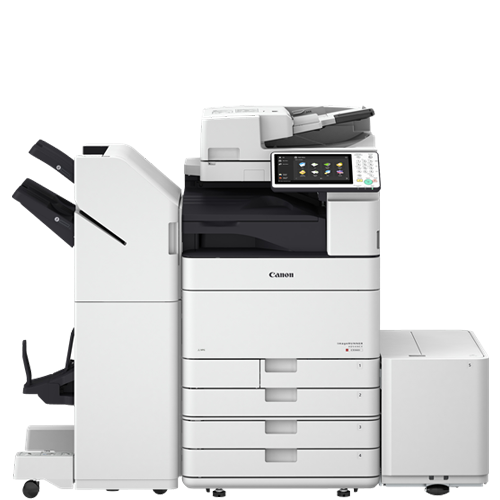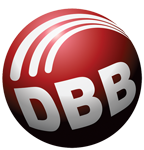
Working from home used to be a luxury that only a relatively small handful of people were able to enjoy prior to March of 2020. Now, working from home has become incredibly popular. In fact, 42% of the entire workforce is now working from home in the United States according to a recent survey. That’s a drastic change from just one year ago.
In addition, with COVID-19 continuing to rage on despite initial vaccine deployments, many employees may find themselves working from home until later in 2021. For some, working from home may become the new routine even after the pandemic has settled down as working arrangements change permanently.
In any case, many employees and businesses are taking a long look at work from home setups and the equipment that needs to be deployed to allow staff to continue doing their best work no matter where they are. One of the most common work from home equipment requests is for multifunction printers.
CHOOSING THE RIGHT SET OF FEATURES
Multifunction printers play an important role in any office. They handle a range of essential tasks from printing, to scanning, to copying, and even faxing in some cases. These powerful pieces of equipment were the workhorses in many offices. Workflow processes often flowed through multifunction printers and, without them, it has been a challenge for many businesses to adapt. As a result, those that are working from home are seeking to add a multifunction printer to their home office. But what features are needed at home?
The first thing to consider is laser vs inkjet. Laser printers are common in high volume print environments and may be the type of printer many employees are familiar with from the traditional multifunction office printer. However, consumer printers tend to be inkjet printers. While inkjet cartridges don’t last as long as laser toner cartridges, inkjet printers tend to be lower cost up-front and are more versatile when it comes to printing everything from simple text to spreadsheets to photos.
Another important feature for many is a scanner that allows them to easily digitize physical documents for editing, marking up, or sending along through their workflow. Many home printers include scanners but the image quality offered by each may be different. The quality required will ultimately depend on the types of documents being scanned and the level of detail required.
There are some other features to consider as well. Printer speed is measured in pages per minute, or PPM. In a busy office, PPM is an incredibly important feature. In a home office where a printer is likely being used less, PPM is still something to watch for to ensure the printer can keep up with basic needs but high PPM numbers aren’t as essential as they would be on a printer being used by a larger number of people. Color vs black and white is another consideration, especially if comparing between laser and inkjet printers.
SIZE REQUIREMENTS FOR A HOME OFFICE
While everyone would love the feature set of a business caliber multifunction printer in their home office, size limitations may prevent that. The printer needs to fit into a smaller space but still be large enough to handle the jobs thrown at it. One thing that may dictate the size is the size of paper being printed. The smallest printers may only handle certain standard sizes of paper. For those needing to print on a wider range of paper sizes, a larger printer with multiple paper trays may be needed.
For most typical home office use, however, smaller tends to be better. This means users can safely set up their printer to keep it away from areas where kids or pets may be able to access it and cause damage or injury.

SECURITY IS STILL IMPORTANT
Just because employees are working outside the office doesn’t mean network security stops being a concern. With any networked printer, security should be top of mind. This is especially true if the printer is being set up to connect to an office network in order to scan or print directly to a shared network drive. If a home office printer isn’t secure than that puts every other device on the network at risk.
In industries like law, healthcare, or finance where sensitive information is being dealt with; security becomes even more important. When adding networked printers for work from home setups, security on these devices must continue to be compliant with regulatory requirements.
PRINTERS FOR WORKING FROM HOME
Choosing the right printer for a work from home environment can seem daunting with so many options, models, and manufacturers offering a wide range of features and price points. To get help narrowing down your selection and choosing the perfect multifunction printer for a home office, contact the printing equipment experts at Doing Better Business today.

